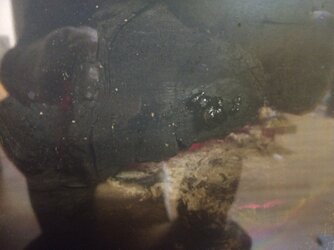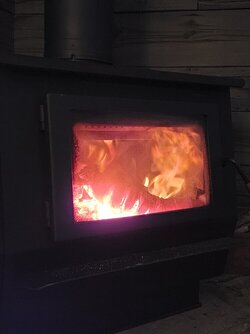DonTee
Minister of Fire
Question for you guys. I try to keep my flue temp at 250 or above. For those who have run longer burn times (24 hours or more), how low do you let your flue temp get?
I’ve never actually run my stove so low that the cat went out of the active zone during the burn. So I don’t know when that will actually happen.
I’m regularly getting 20-24 hour burns (and still overheating the house), just wondering what it takes to get up to 30 hours.
I’ve never actually run my stove so low that the cat went out of the active zone during the burn. So I don’t know when that will actually happen.
I’m regularly getting 20-24 hour burns (and still overheating the house), just wondering what it takes to get up to 30 hours.






